Add the warmth of wood to your future.
"Kyoto Timber Frames.Ltd" is
a building company
specialising in Japanese traditional buildings
We can handle not only normal kiwi style construction but also traditional Japanese construction. This is because we have two builder's backgrounds. One is as a builder in Japan, called "Miya-daiku", for 20 years. The other is as a builder in New Zealand for 6 years. With these three decades of experience, we've mastered great skills, learned abundant knowledge and experienced many cases. Therefore we have the confidence to deliver high-quality buildings, in either building style.
Our concept "Add the warmth of woods to your future." means we'd like to offer the value which only we could create by taking advantage of traditional Japanese timber construction methods. Especially, the people who like outdoor living and so on match our services.
- Outdoor living
- Carport
- Deck
- Entrance
- Renovation
宮大工
[Miya-daiku]

"Carpenter specialising in
temples and shrines"
In Japan, a builder who has inherited long-established traditional construction method is called "Miya-daiku". It is translated "Carpenter specialising in temples and shrines" in English. The history has been over hundreds years, and the oldest japanese building which Miya-daiku built is 1,400 years old (Horyuji Temple, Nara Prefecture in Japan, 607).
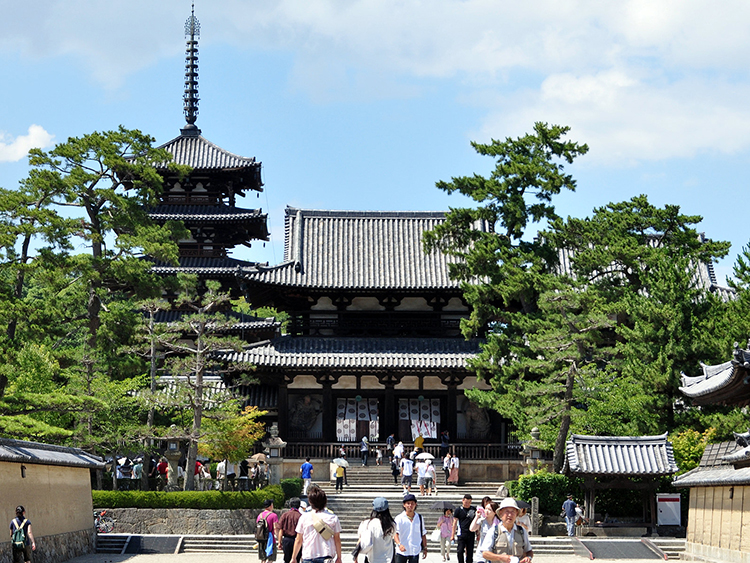
Also, there are many other buildings which are as old as it in Kyoto, the oldest japanese city, and a part of the name of our company "Kyoto Timber Frames.Ltd". They are listed among World Heritage Sites. The reason why the oldest buildings have survived many earthquakes, cyclones and floods for hundreds of years is the Miya-daiku construction method.
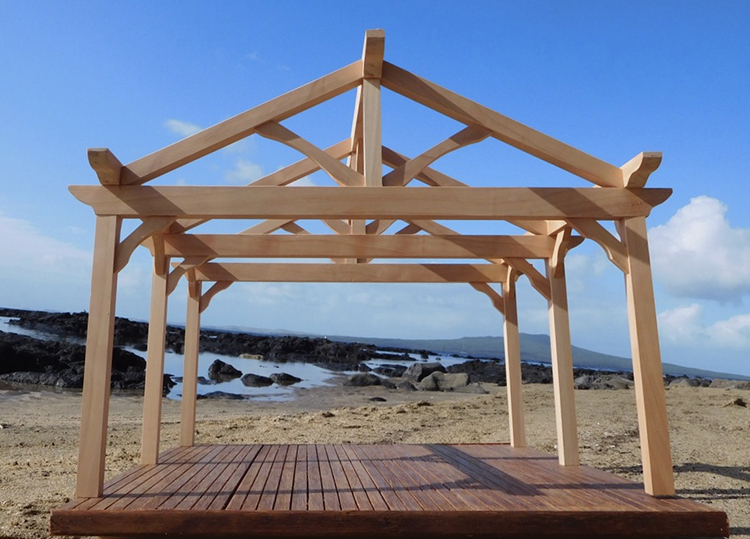
The most important characteristics of this method are processing woods by hand to bring out each wood's features to the maximum and building without using metal fasteners like nails, screws, bolts and so on. This traditional method developed to build and repair temples and shrines in the long history is called "Kigumi-koho".
木組み工法
[Kigumi-koho]
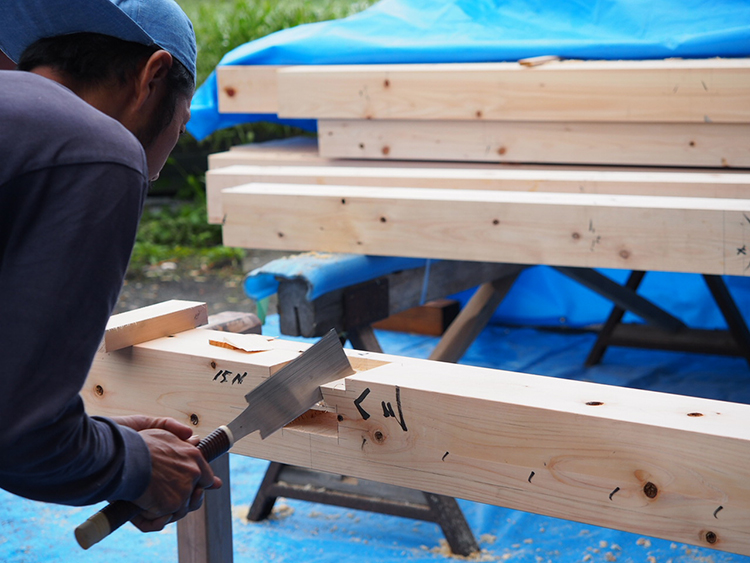
"Timber framing without using metal fasteners"
A common modern construction method is to reinforce factory-cut wood with nails and hardware. On the other hand, in the "Kigumi-koho", appropriate processing is performed by hand, and appropriate wood is arranged and assembled according to the force applied to the building and its direction.

Because it is a construction method that emphasises the natural connection between wood, it is more flexible than the conventional construction method that uses fasteners, and even if there is a tremor such as an earthquake or a typhoon, there is a slight amount of space created in the connection part. It absorbs and transfers energy.
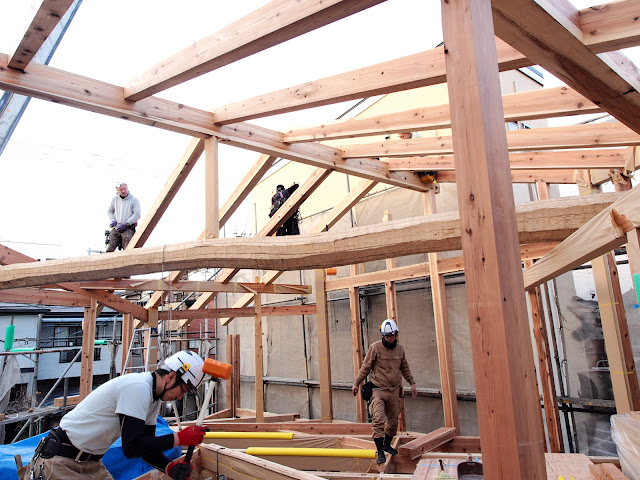
There are more than 200 types of "Kigumi-koho", which are special construction methods that cannot be mastered without the skills and knowledge cultivated through many years of experience.
OUR SERVICES
- Truss -
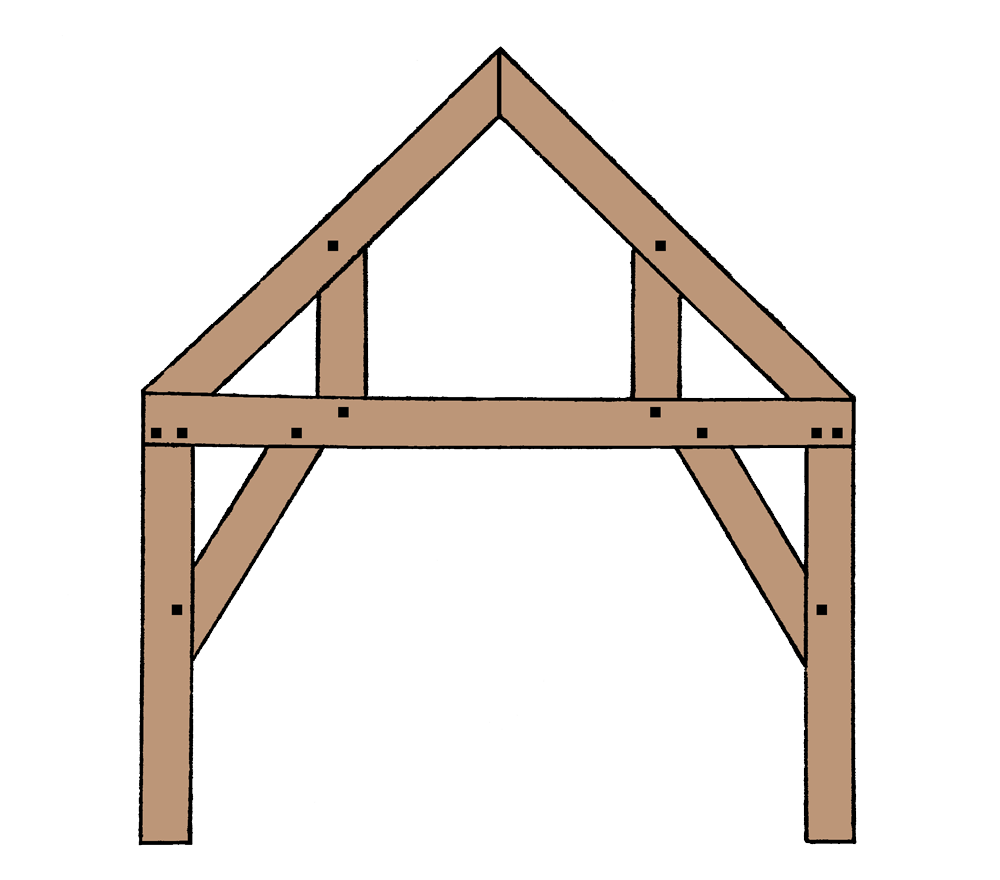
Queen truss
A Queen post is an elegant truss and it can get more usable space than a kings post.

Kings truss
A King post truss consists of a central post ,tie beam, two struts and two incline rafters. King post is the most common way to build wooden building
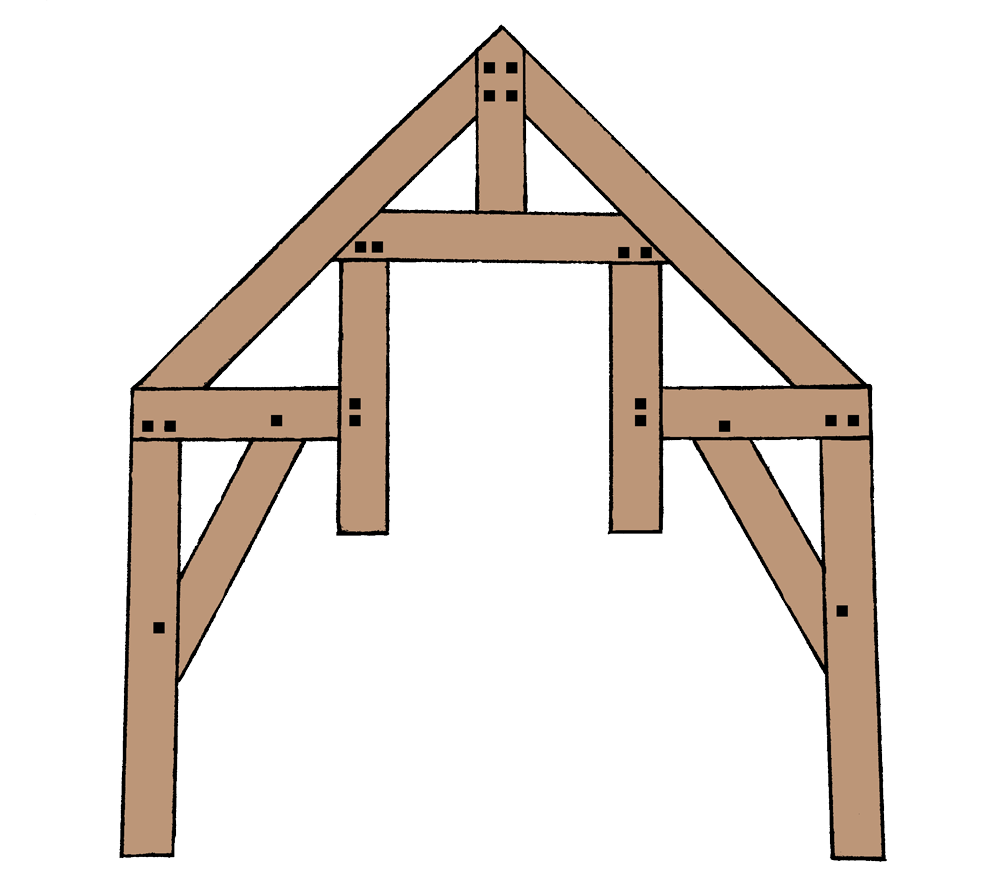
Hammerbeam truss
A hammerbeam roof is a decorative, open timber roof truss typical of English Gothic architecture,it is known to be gorgeous and beautiful.
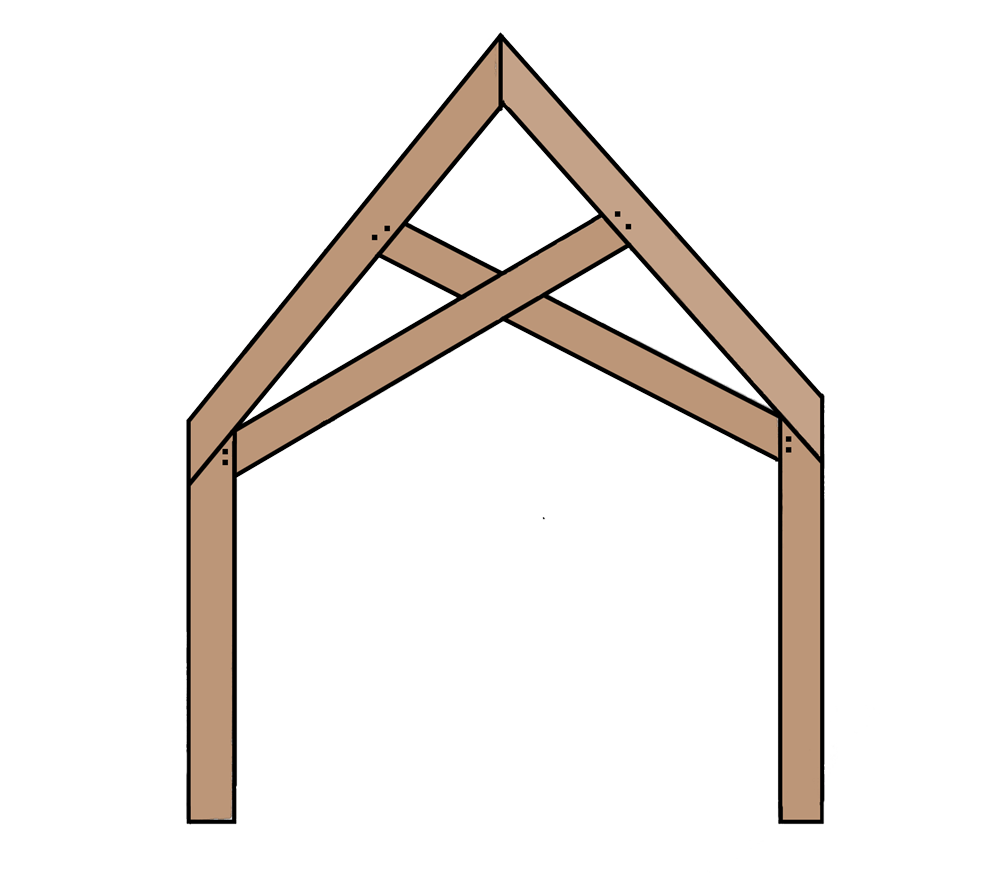
Scissor truss
The design removes the need for a tie-beam so that is useful for creating a high ceiling or a feeling of headspace. Scissors trusses are used in uilding construction to support a pitched roof. It is suitable for where sloping or raised ceiling surface is desired.
ABOUT US
Etsuo Hiroi (Special carpenter / Builder)
As a Miya-daiku in Japan, Etsuo mainly took charge of building and repairing temples, shrines, "Kyo-machiya" which are old houses in Kyoto and "Kyoto-gosho" which is the Kyoto Imperial Palace.
After coming to New Zealand, he was hired by a local company and engaged in buildings and store interior fit-outs. He has recieved a lot of positive feedbacks from clients for supplying high-quality achievements with the traditional Japanese construction method.
